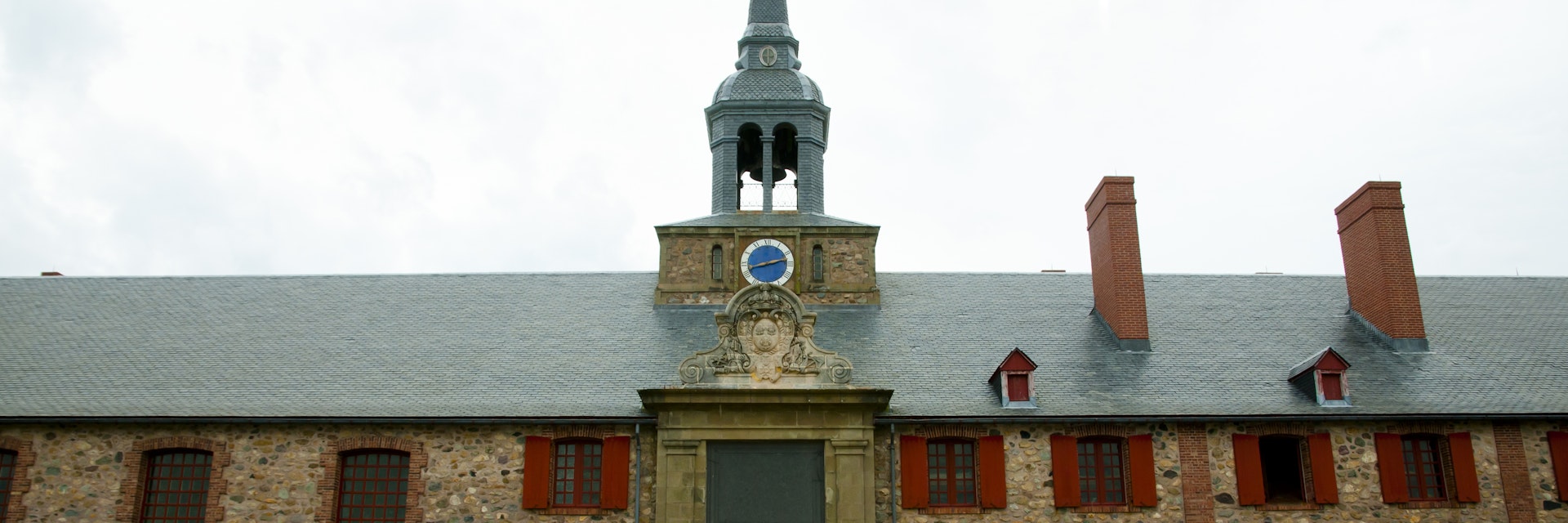The fortunes of the province that became Nova Scotia are inextricably bound up with this mighty fortress, built by the French but battled over countless times before finally being burned to the ground in 1760. The current site recreates the fortress as it was in 1744, right down to the people – costumed soldiers, cooks, orderlies, musicians, gardeners and artisans create a real sense of time travel, and bring the place to life with stories and free guided tours.
Built to protect French interests in the region, Louisbourg was also the area's administrative capital. It was continually developed from around 1713 to 1745, when the British finally captured it after a gruelling 46-day siege. The fortress then changed hands twice more until 1760: that year, when British troops under the command of General James Wolfe took Québec City, the walls of Louisbourg were destroyed and the city was put to the torch.
In 1961, with the closing of many Cape Breton Island coal mines, the federal government funded the largest historical reconstruction in Canadian history as a way to generate employment, and 50 buildings are now open to visitors.
Be prepared for lots of walking, and bring a sweater and raincoat even if it's sunny when you start out. There's an ever-changing array of tours and activities on offer, from nighttime candlelit walks to period dinner theater; check the website for what's on each season. You can even camp in the fortress grounds in period-style pup tents.
Though the scale of the reconstruction is massive, three-quarters of Louisbourg is still in ruins. The 2.5km Ruins Walk guides you through the untouched terrain and out to the Atlantic coast. A short interpretive walk opposite the visitor center discusses the relationship between the French and the Mi'kmaq indigenous people and offers some great views of the whole site.
Travelers with limited mobility can ask for a pass to drive their car up to the site; there are ramps available to access most buildings.

